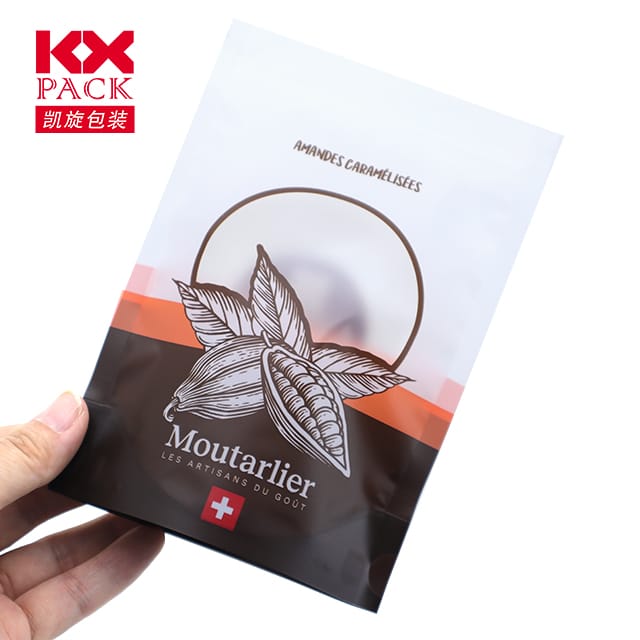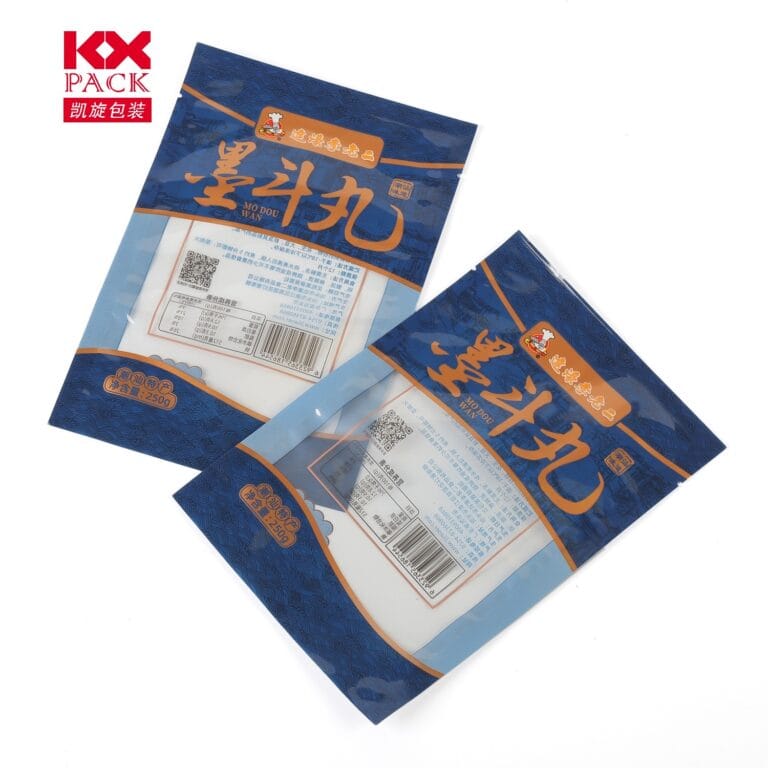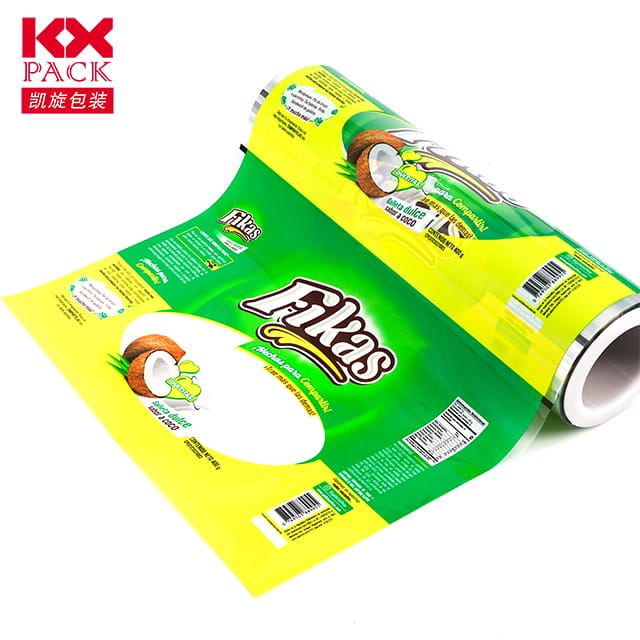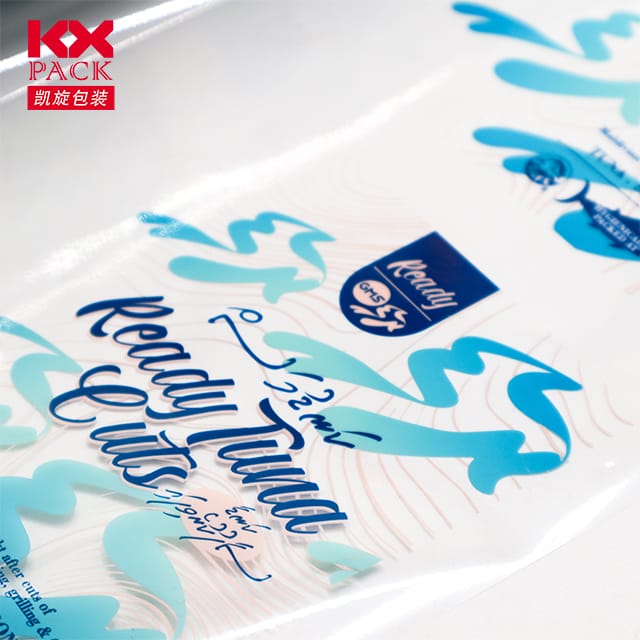فلمی رول پیکیجنگ کے نظر نہ آنے والے ماحولیاتی اثرات اور سبز مستقبل کو کس طرح شامل کیا جائے
فلم رول پیکیجنگ
From fresh produce wraps to e-commerce mailers, film roll packaging—thin, flexible plastic sheets used for protection and sealing—is ubiquitous in modern life. While its lightweight, cost-effective design seems practical, its environmental footprint tells a darker story. Every year, billions of pounds of film roll waste clog landfills, oceans, and ecosystems, highlighting an urgent need for systemic reform.
Why Film Roll Packaging Is a Recycling Conundrum
فلم رول پیکیجنگ , typically made from low-density polyethylene (ایل ڈی پی ای) or linear low-density polyethylene (llde), poses unique recycling challenges:
- Contamination Risks:
Film often traps food residue, لیبل, یا چپکنے والی, making it difficult to clean for recycling. Most municipal programs reject it due to contamination fears. - Logistical Hurdles:
Unlike rigid plastics, film rolls can jam machinery at recycling facilities. Specialized equipment is required to compact and process them, which many facilities lack. - Downcycling Dilemmas:
Even when recycled, film is typically “downcycled” into lower-value products like composite lumber or trash bags, perpetuating a cycle of single-use materials.
In the U.S., only 5% کی فلم رول پیکیجنگ is recycled annually, with the rest ending up in landfills or as litter. Globally, the situation is equally dire, with plastic film contributing to 20% of marine plastic pollution.
Innovations Driving Sustainable Film Roll Solutions
Despite these obstacles, industry leaders and startups are pioneering eco-friendly alternatives:
- بائیوڈیگریڈ ایبل اور کمپوسٹ ایبل فلمیں
- Companies like TIPA and BioPak are developing film rolls made from plant-based materials (جیسے, کارن اسٹارچ, cassava) that break down in industrial composting facilities within 180 دن.
- These films meet ASTM D6400 standards for compostability, offering a viable alternative to traditional LDPE.
- Post-Consumer Recycled (پی سی آر) Content
- Brands like Sealed Air and Novolex are incorporating 50%+ PCR content into their film rolls, reducing reliance on virgin plastics.
- Some mailers now use 100% ری سائیکل شدہ مواد, though durability and cost remain barriers to widespread adoption.
- Reusable and Returnable Systems
- Loop, a circular shopping platform, partners with retailers to offer reusable film packaging for dry goods. Customers return the packaging via prepaid labels for cleaning and reuse.
- Modular systems (جیسے, adjustable-length film dispensers) reduce waste by allowing users to cut only what they need.
- Paper-Based Alternatives
- Innovations like coated kraft paper (جیسے, Natureflex by Futamura) offer water resistance and flexibility, replacing plastic film for certain applications (جیسے, تازہ پیداوار).
How Consumers and Businesses Can Take Action
- For Consumers:
- Recycle Right: Check if your local grocery store accepts plastic film (many do via storefront bins). Avoid tossing film in curbside recycling.
- Choose Sustainable Brands: Look for labels like “100% Recycled” یا “Home Compostable” on packaging.
- Reduce Usage: Opt for bulk purchases, reusable containers, or minimal-packaging stores.
- For Businesses:
- Adopt PCR Film: Transition to film rolls with 30–50% recycled content. Partner with suppliers like RJG Plastics or Eco-Products.
- Design for Circularity: Ensure packaging is easily separable (جیسے, no glued labels) and compatible with recycling streams.
- Educate Customers: Include clear disposal instructions on packaging and promote recycling programs.
- Policy and Advocacy:
- Support Extended Producer Responsibility (EPR) laws that require manufacturers to fund recycling infrastructure for film.
- Advocate for bans on single-use plastic films in non-essential applications (جیسے, supermarket produce bags).
The Bigger Picture: Rethinking Flexible Packaging
فلم رول پیکیجنگ is a symptom of a broader problem: our reliance on disposable, single-use materials. To achieve true sustainability, we must redesign packaging systems entirely:
- Invest in Reuse Models: Prioritize returnable containers, refill stations, and deposit schemes.
- Innovate Materials: Fund research into biodegradable polymers or edible films (جیسے, seaweed-based wraps).
- Shift Consumer Behavior: Normalize reusable bags, کنٹینر, and bulk buying through incentives and education.
نتیجہ: Wrapping Up a Greener Tomorrow
The next time you unroll a package or toss a plastic mailer, pause: that thin film could persist for centuries. But by supporting recyclable alternatives, advocating for policy change, and reducing consumption, we can unroll a future where packaging protects both products and the planet.
Act Now:
- Recycle your فلم رول پیکیجنگ at local drop-off points.
- Switch to brands using compostable or recycled-content film.
- Share this post to raise awareness about film’s hidden environmental cost.
Together, we can turn the tide on plastic waste—one flexible roll at a time.
Sources: Ellen MacArthur Foundation, EPA, Packaging Digest, TIPA Corp.






